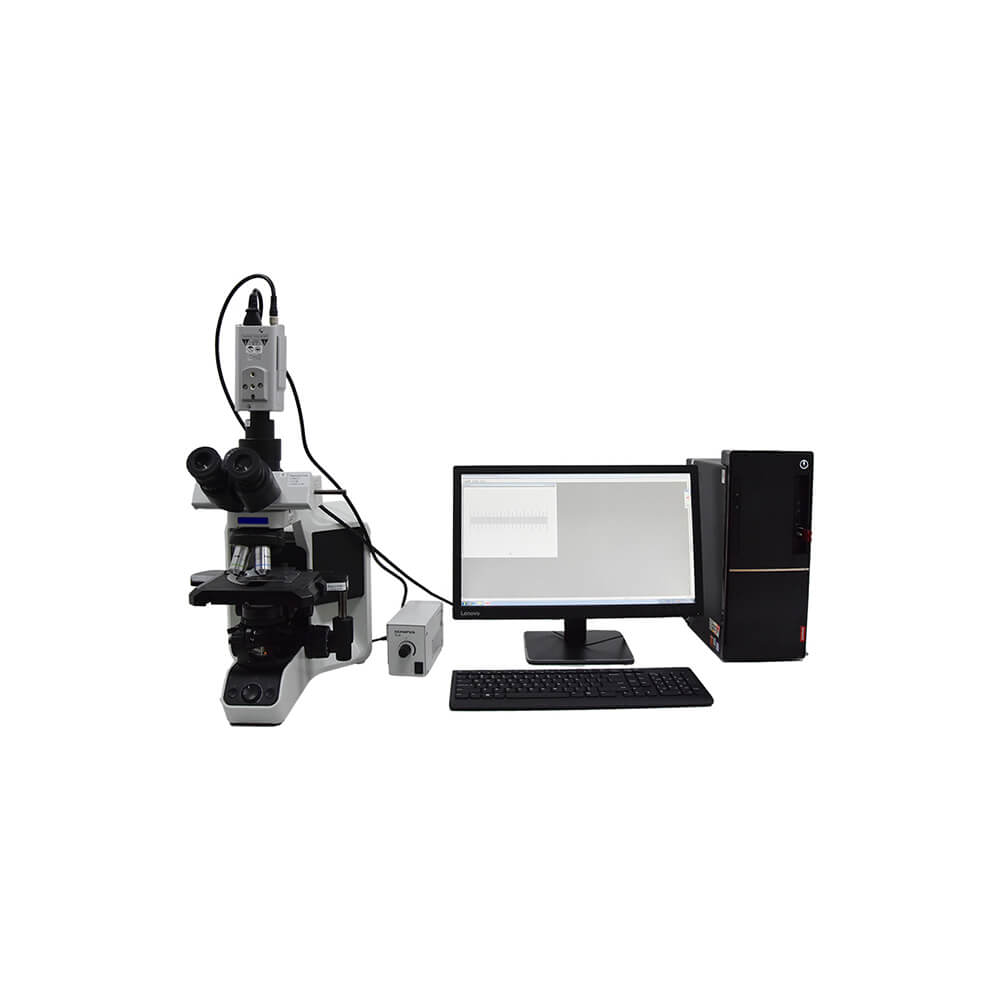Optimize Your Fiber Optic Performance: Understanding Optical Fiber Size Analyser Innovation
The efficiency of fiber optic systems is seriously influenced by the precision of their diameter, a variable typically forgot in the pursuit of ideal signal stability. Understanding the innovation behind optical fiber size analysers exposes the intricate balance in between measurement precision and production top quality. These gadgets not only improve compliance with sector criteria but likewise supply real-time understandings that can preemptively deal with possible problems. However, the ramifications of their usage expand past mere measurement; they can fundamentally modify the landscape of fibre optic effectiveness. What factors should one think about to harness their complete potential?
Significance of Optical Fibre Size
The diameter of optical fibre plays a crucial function in determining the performance and efficiency of interaction systems. It influences numerous vital parameters, consisting of the mode of light propagation, attenuation, and bandwidth capability. Bigger diameters normally allow for multiple light modes, helping with greater information transmission prices. Conversely, smaller sizes have a tendency to sustain less settings, which can enhance signal clarity and decrease crosstalk.

Furthermore, recognizing the size's implications can bring about set you back savings by decreasing the demand for signal amplification and repeaters in considerable networks (optical fibre diameter analyser). To conclude, the significance of optical fiber diameter can not be overstated, as it directly affects the total effectiveness and dependability of modern-day communication systems

How Size Affects Signal Quality
Signal high quality in optical fiber systems pivots significantly on the size of the fiber. A smaller sized diameter can lead to greater depletion prices, resulting in signal loss as light journeys with the fiber.
On the other hand, bigger sizes normally permit improved light capture and reduced modal diffusion, enhancing signal clarity. In multimode fibers, a bigger core diameter can support numerous light modes, but it might likewise introduce intermodal dispersion, which can break down signal top quality. Picking the optimal fiber size is vital for achieving the desired performance in particular applications.
Furthermore, the communication between the fiber diameter and the wavelength of the light used plays an important role in establishing the efficient transmission distance and general signal integrity. Understanding just how fibre size impacts signal high quality is essential for network developers and engineers aiming to maximize optical fiber systems for reliable, high-speed data transmission.
Review of Diameter Analyser Innovation
In many optical fiber production procedures, precise dimension of fibre diameter is vital for making sure consistent efficiency and quality (optical fibre diameter analyser). Size analysers are advanced tools developed to evaluate the physical dimensions of optical fibers with high accuracy. They employ advanced optical and laser innovations to gauge the size, ovality, and concentricity of the fibre, thus supplying essential information for quality assurance
These analysers can operate in-line during the manufacturing procedure or as part of off-line screening procedures. In-line systems enable real-time monitoring, permitting makers to change this hyperlink specifications promptly, thereby maintaining ideal manufacturing conditions. Off-line analysers, on the other hand, provide thorough examinations of batches, guaranteeing that any variances from specified resistances are determined and attended to.
Size analysers substantially add to the decrease of problems in optical fibres, enhancing general item integrity. By consistently determining crucial criteria, these modern technologies assist in compliance with sector criteria and specs. As the demand for high-performance optical fibers remains to rise, the function of diameter analysers comes to be progressively important in achieving the wanted high quality and check these guys out performance requirements in fiber optic systems.
Secret Features of Fiber Diameter Analysers
Although numerous versions of fiber diameter analysers exist, they generally share numerous key attributes that improve their functionality and integrity. One of one of the most considerable features is high-resolution measurement capabilities, which make sure accurate size readings, important for maintaining quality control in fiber manufacturing. Additionally, lots of analysers integrate innovative optical sensing units designed to detect minute variants in fibre size, thus supplying important data for process optimization.
An additional essential feature is real-time tracking, enabling drivers to receive prompt feedback on fiber size throughout the manufacturing process (optical fibre diameter analyser). This capacity assists in quick modifications and lowers the likelihood of issues. Several analysers likewise come equipped with user-friendly interfaces, making it possible for drivers to quickly browse via data and setups results
Furthermore, durable information storage and analysis functionalities are important for tracking historical efficiency fads and ensuring compliance with industry requirements. Some designs also offer connection options for combination right into existing production control systems, boosting overall functional effectiveness. Finally, compact and portable designs permit adaptable release within manufacturing settings, making certain that quality control processes are seamless and efficient. These features jointly add to the efficiency of fibre size analysers in maximizing fiber optic performance.
Best Practices for Fiber Optimization

First, normal calibration of optical fibre size analysers is vital. This ensures accurate dimensions and reduces possible inconsistencies that could impact performance. Next off, maintaining a tidy workplace is vital; dirt and contaminants can cause signal deterioration.
Additionally, it is essential to choose fibers that satisfy specific application requirements. read this This entails evaluating aspects such as attenuation, data transfer, and ecological conditions. Proper installment techniques must likewise be complied with, including staying clear of sharp bends and excessive tension, which can jeopardize fiber honesty.
In addition, using sophisticated tracking systems can assist in real-time efficiency assessments, enabling timely identification of issues. Regular screening and upkeep should be conducted to make certain that fibres stay within ideal operational parameters.
Finally, training workers on the most recent fibre optimization innovations and methods will certainly boost their ability to execute efficient methods. By adhering to these ideal techniques, companies can significantly enhance the performance and lifespan of their optical fibre systems, guaranteeing efficient interaction and information transfer.
Verdict
In conclusion, the assimilation of optical fibre diameter analyser technology is critical for maximizing fiber optic performance. By making certain exact measurements of fiber measurements, these analysers considerably enhance signal high quality and decrease losses throughout data transmission.
Signal quality in optical fiber systems hinges substantially on the diameter of the fiber.In many optical fiber manufacturing procedures, accurate dimension of fiber diameter is essential for making sure consistent efficiency and quality. As the demand for high-performance optical fibres proceeds to rise, the duty of diameter analysers comes to be increasingly essential in achieving the wanted quality and efficiency criteria in fibre optic systems.
These functions jointly contribute to the efficacy of fibre size analysers in optimizing fiber optic efficiency.
In conclusion, the combination of optical fiber size analyser innovation is critical for optimizing fiber optic performance.